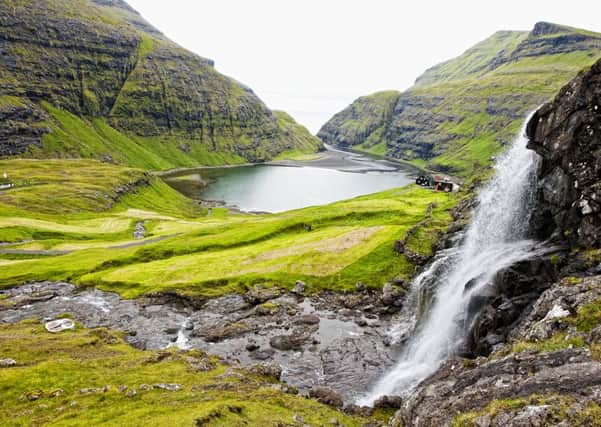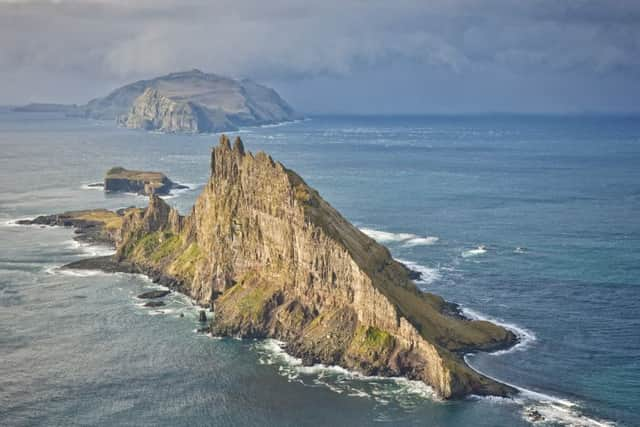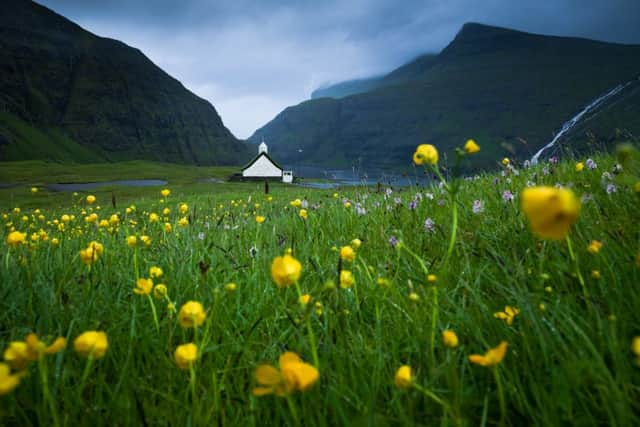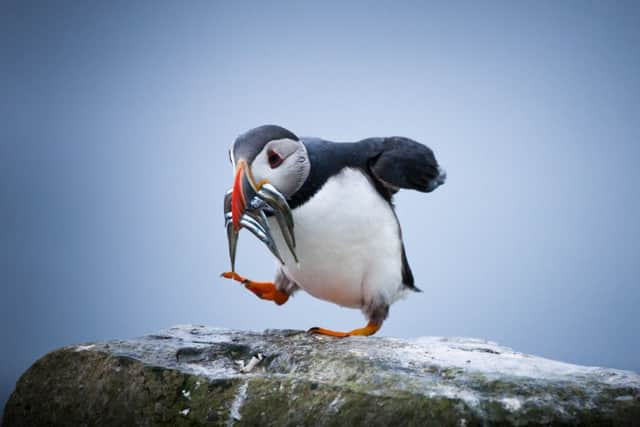Travel review: Faroe Islands


With the current dis-United Kingdom on the lookout for European allies, it could do worse than hold out an olive branch to the Faroe Islands. Sitting in the North Atlantic, halfway between Norway and Iceland and some 200 miles off the coast of Scotland, this is a place that knows a thing or two about isolation.
Given half a chance, the islanders would also happily mount a Leave campaign and stage a referendum on gaining full independence. Not from Europe, but from Denmark. While the archipelago receives substantial financial subsidies from its Nordic guardian, the Faroese have never quite come to terms with being handed over as a spoil of war and would much rather go it alone, chancing their future on off-shore gas and oil reserves. And tourism.
Advertisement
Hide AdAdvertisement
Hide AdIt’s the latter which could prove key. Less crowded than the Isle of Skye, more dramatic than the Shetlands, and with birds outnumbering people by a few thousand to one, the Faroe Islands are a rocky refuge from modern life. It’s also a place where nothing quite looks real.


With its sea stacks, secret coves and waterfalls, the landscape has something of the fairytale about it, the kind of place where ogres might still roam and princesses might be trapped forever in stone towers. In fact stay there long enough and talk will inevitably turn to the mythical Hidden People who, so the legend goes, were here long before the first human settlers. They came, along with Christianity, around the 10th century and while the population is now around 50,000 it often feels much less – even TÓrshavn feels more like a model village than a European capital, one where many of the shops shut on Saturday afternoon and don’t reopen until Monday morning.
It’s the walking and the wildlife which attracts most visitors to the Faroe Islands. Completely unspoilt, the 18 islands – some home to just two permanent residents – offer everything from easy ambles to more challenging routes and on most you’re unlikely to meet another person.
It’s this sense of quiet which is one of the Faroe Islands’ real charms and the only crowds, if that’s what you can call a dozen or so Danes, are to be found at Vestmanna where the tourist boats leave for the bird cliffs. Most come to spot the puffins, but these have been in short supply of late, the colonies hit by the sand eels on which they feed having moved further out to sea.
Advertisement
Hide AdAdvertisement
Hide AdThere is still much to see though and with the islands home to 110 different species it is possible to while away at least a couple of hours playing bird bingo. Guiellemots? Tick. Eurasian oystercatcher? A dead cert.


While the high cliffs are perfect for breeding birds, the geography of the Faroe Islands is not made for arable farming. And yet for a land where the only things which grow in any abundance are rhubarb and potatoes, it is now home to a number of fine-dining restaurants offering interesting tasting menus. Lamb figures prominently and while the signature dish of fermented meat is an acquired taste, Aarstova in the capital and nearby Koks, which specialises in locally foraged food are worth splashing out on. What you spend there, you’ll likely save on accommodation. With the main tourism season running for just a few months, the Faroes isn’t awash with hotels, but Air BnB is just starting to take off with rooms availble for as little as £20 a night and entire Hobbitty cottages going for less than £100.
It’s a model which suits the Faroese, many of whom also offer heimablidni. Literally translating as home hospitality, it’s the chance to eat with locals in their own dining room. One of the most popular tables is at the home of artist and rower Livar Nysted. Almost as wide as he is tall, a couple of years ago Nysted entered the Guinness Book of Records after becoming the first person to row two oceans in the same year. The various certificates on his wall is enough to dent the masculinity of all but the most self-assured, but he is entertaing company and during dessert he will run you through his various watery exloits, including the time he and another sailor launched their very own mutiny.
Nysted was born on the Faroe Islands, he brought his three children up there and can’t think of anywhere he would rather live. It’s a feeling shared by many others, who leave for university in Denmark but who often return to raise a family. Yes, the pace of life is tortoise-like, but that’s what makes it special. So should Britain’s political system combust and the economy fail, I for one will be on the first plane out.
Getting there


Advertisement
Hide AdAdvertisement
Hide AdAtlantic Airways runs twice-weekly services from Edinburgh to the Faroe Islands starting at £216 return. However, from September prices will fall by £40 one-way and £66. To book visit atlantic.fo
Virgin East Coast Mainline runs trains between Leeds and York and Edinburgh and to book tickets visit virgintrainseastcoast.co.uk
For more information about the Faroe Islands go to visitfaroeislands.com or purchase the Bradt guide to the area, priced £16.99, bradtguides.com